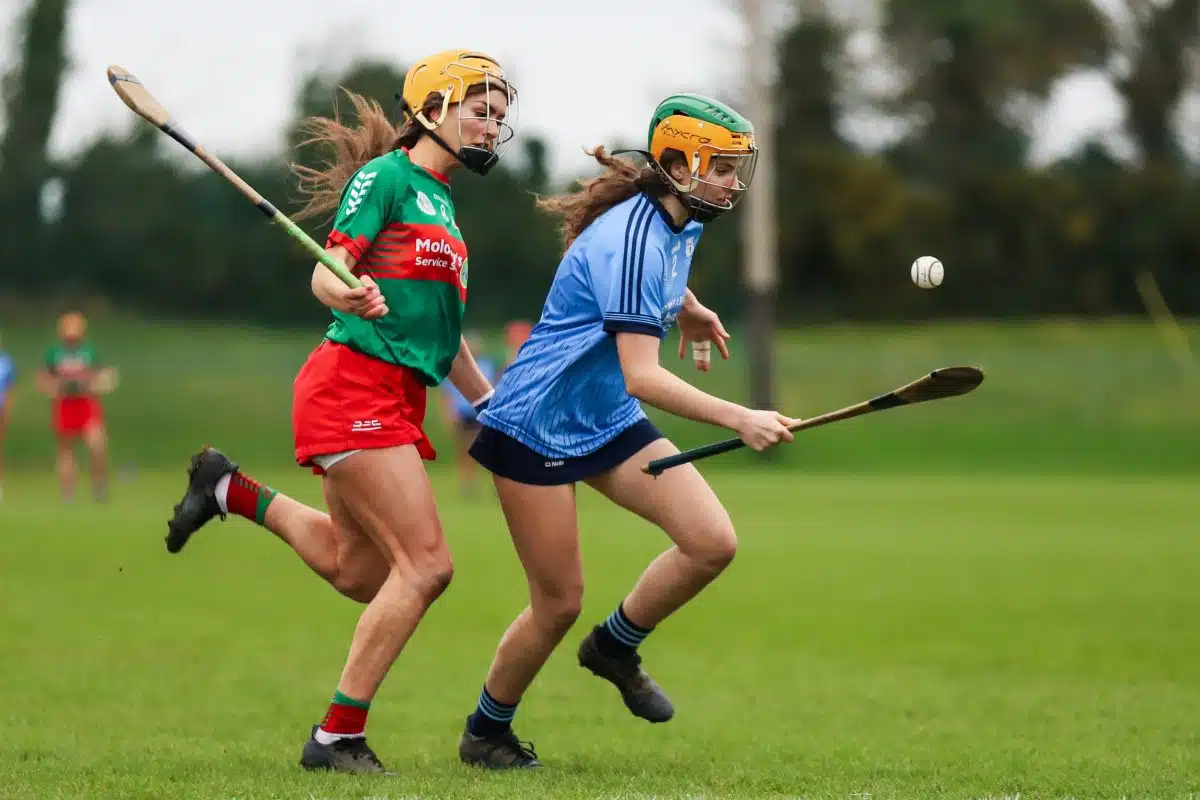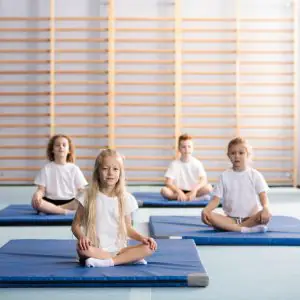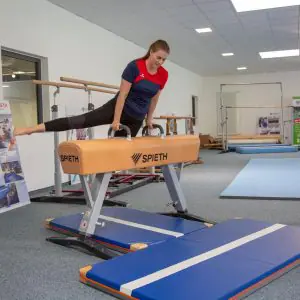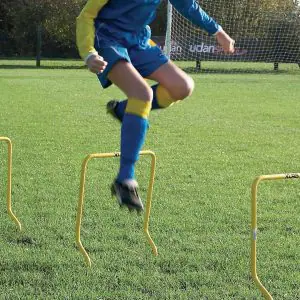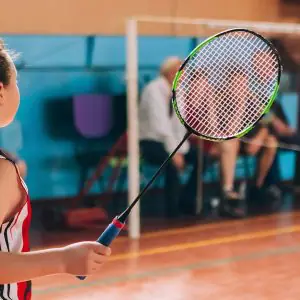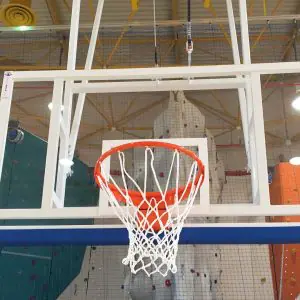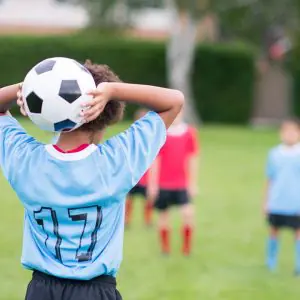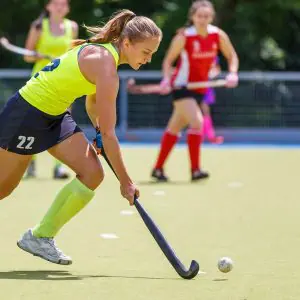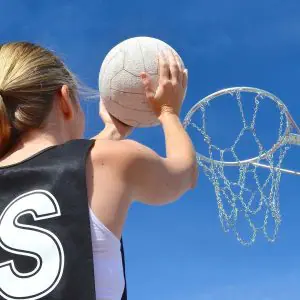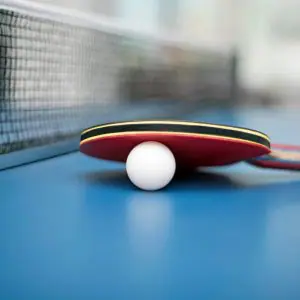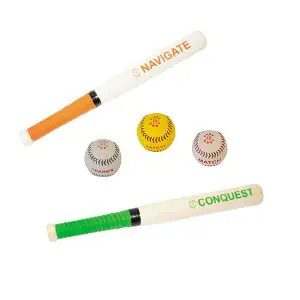Rules are there for a reason and safety should not be sniffed at – but sometimes, just sometimes, pushing the boundaries leads to exciting innovations!
For example, in high jump, using the flop, Dick Fosbury won the indoor and outdoor NCAA championships in 1968 and went on to qualify for the 1968 Olympic team. Fosbury changed this sport forever, jumping 2.24 meters (7 feet 4.25 inches) to break the world record and win the Olympic gold medal. In the years that followed, Fosbury’s technique became the event standard.
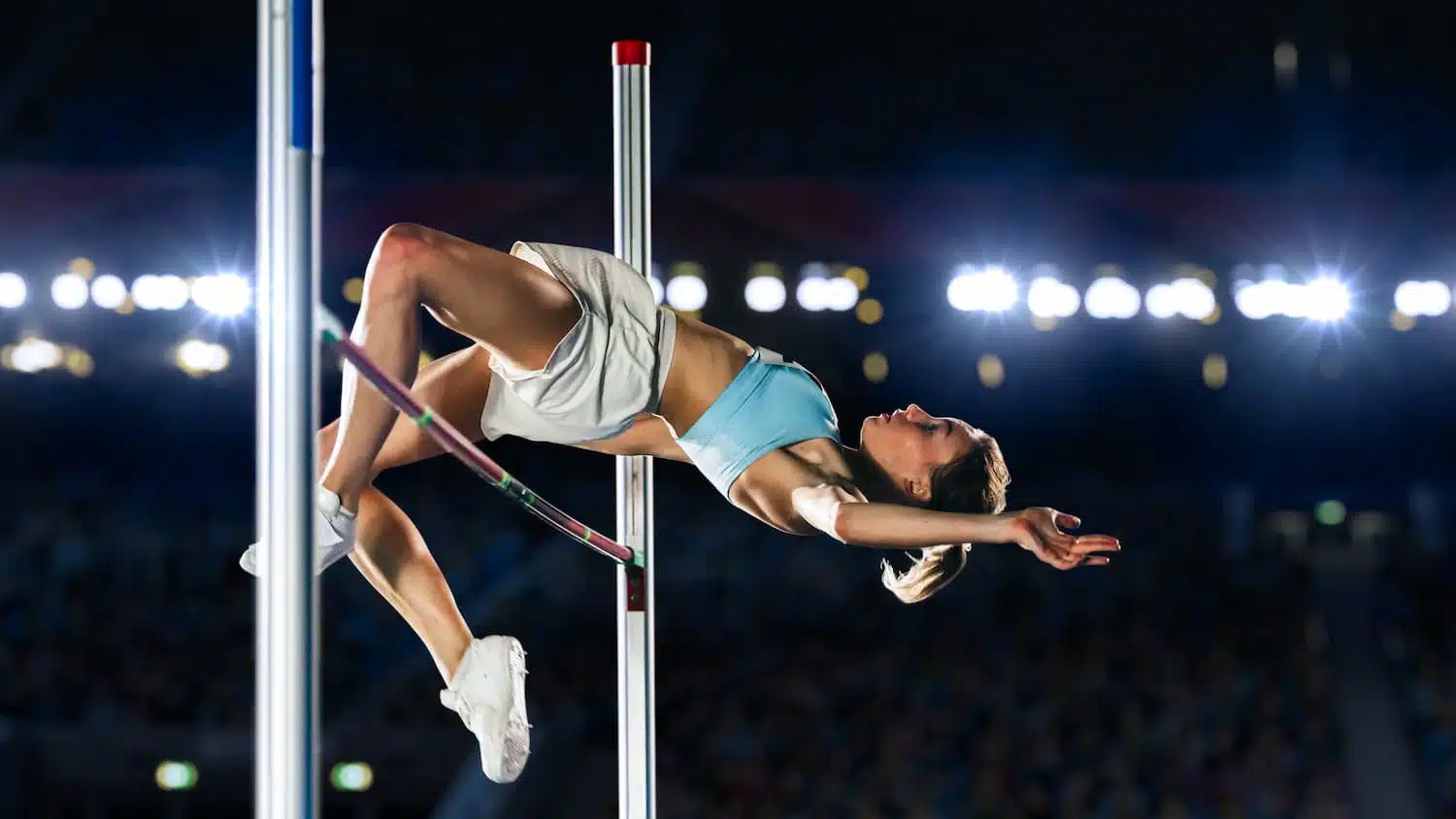
However, the world is not always ready for such breakthroughs:
- When Nadia Comăneci scored a perfect 10 points at the 1976 Montreal Olympics, in gymnastics for her uneven bars routine, her results flashed up as “1.00”! The Omega scoreboard designers had not accounted for the possibility of a perfect performance!
- Similarly, ski jump judges frowned upon Jan Boklöv’s unusual V-style and he always lost points because they had not seen it before; nowadays everybody does it.
- Finally, the genius of Tuariki Delamere’s long jump technique involving a somersault midair, was stopped in its tracks with a ban before the 1975 Olympics – even though his training with a biomechanic had proved it a more efficient way to jump.
Obviously, safety comes first (especially in school) and students should not be encouraged to put themselves or others in danger for the sake of a few more sports inches or seconds. Nonetheless, shaking things up a bit in PE and sport can inspire natural athletes to get even better – and may even unleash unexpected potential in others.
Conventional PE and sports teaching is improved by:
- Teacher enthusiasm
- Teacher expertise
- Positive feedback
- Realistic Expectations
- Celebration of success
- Effective communication
- Making things fun…
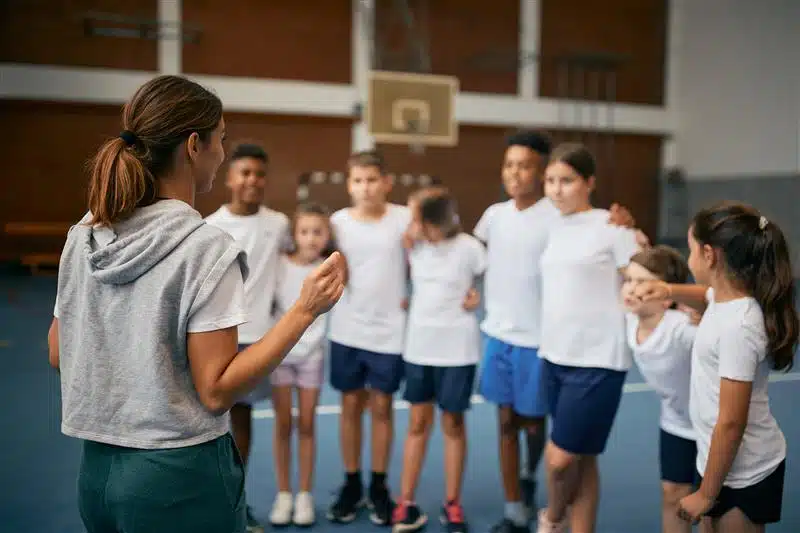
…and making things fun can lead both the teacher and the students to think outside the box, try something new and innovate.
This innovation may involve adapting familiar sports for a different perspective, introducing something completely new, or transferring skills to a different sport.
Adapt and Include
Here are a few ideas to add interest, extra learning, change and inclusivity to your routine sports:
- Walking Basketball
- Walking Football
- Sign Language used by the coach and students during play
- Teq Table is a curved table that is used as a centrepiece to play adapted versions of Football, Table Tennis, Volleyball and Catch
How about a spot of:
- Ultimate frisbee
- Water polo
- Handball
- Lacrosse
- Qudditch
- Korfball
- Hurling
- Sepak Takraw
- Unicycle Hockey
Maybe that student who hates football will suddenly reveal a talent with the frisbee, whilst the one who has no interest in Hockey is a whizzkid on the unicycle!
Transfer Skills
Sometimes, innovation and reenergisation come through realising that established skills can be transferred to a different sport. Not only does this stretch the athletic student but it may also inspire other students to realise that they can use skills in another sport, which they prefer.
Logical skills transfer include:
- Gymnastics to Diving or Aerial Skiing
- Track and Field (Sprinters) to Bobsledding or Rugby
- Gymnastics to Martial Arts
- Swimming to Running to Triathlon
- Tennis to Golf
- Cycling to Rowing
- Yoga to Climbing
There’s plenty of inspiration for transferable skills amongst famous athletes!
| Athlete | Sports |
| Sir Bradley Wiggins | Track cycling, road cycling |
| Dwayne ‘The Rock’ Johnson | Football, wrestling |
| Michael Phelps | Baseball, soccer, lacrosse, swimming |
| Tim Wiese | Football, wrestling |
| Usain Bolt | Track racing, soccer |
| Rebecca Romero | Rowing, track cycling |
| Petr Čech | Soccer, ice hockey |
| Lauren Price | taekwondo, netball, soccer, boxing |
| Deion Sanders | Baseball, basketball, football |
| Michael Jordan | Basketball, baseball |
| Bo Jackson | Baseball, football |
| Sarah Storey | Swimming, cycling |
| Roswitha Krause | Swimming, handball |
| Jim Thrope | Baseball, football, ballroom dancing, decathlon and pentathlon |
| Dave Winfield | Baseball, basketball and football |
With all this in mind, make 2025 the year that you look at your students and sports facilities in a different way to see where you can expand skills, experience and confidence with a touch of fun innovation!
Explore our online shop
